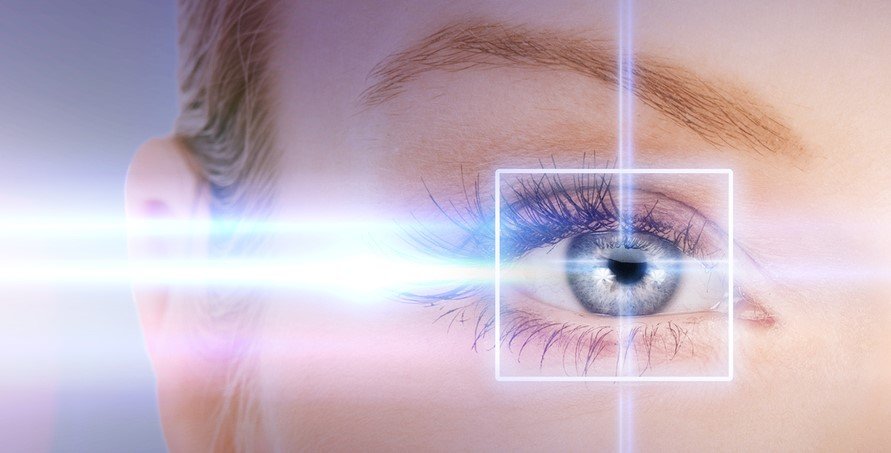Astigmatism is a common refractive error caused by an irregularly shaped cornea or lens, leading to blurred or distorted vision. Many patients with astigmatism wonder if LASEK eye surgery can correct their condition effectively. The answer is yes — LASEK can successfully treat astigmatism, but it’s important to understand how the procedure works, what to expect during recovery, and the typical visual outcomes.
🔍 What Is Astigmatism?
- Astigmatism occurs when the cornea or lens has an uneven curvature, causing light to focus on multiple points rather than a single point on the retina.
- This irregular shape leads to blurred, distorted, or doubled vision at all distances.
- Astigmatism can occur alone or alongside nearsightedness (myopia) or farsightedness (hyperopia).
⚙️ How Does LASEK Correct Astigmatism?
- LASEK uses an excimer laser to reshape the cornea’s surface with precise, computer-controlled pulses.
- For astigmatism, the laser selectively removes more tissue along the steeper meridian of the cornea to create a more symmetrical, spherical shape.
- By smoothing the corneal irregularities, LASEK helps focus light properly onto the retina, improving clarity and sharpness.
Key Points on LASEK Astigmatism Treatment:
- LASEK can treat astigmatism up to approximately 3 diopters safely and effectively.
- The surgeon creates a thin epithelial flap that is lifted before laser reshaping, then replaced after treatment.
- The flapless nature of LASEK (compared to LASIK’s thicker flap) reduces risks of flap complications, which is beneficial for some astigmatic patients with thinner corneas.
👁️ What to Expect During and After Surgery
- The procedure typically lasts about 10–15 minutes per eye.
- Patients may experience mild discomfort, tearing, and light sensitivity during the first few days post-op.
- Vision may be blurry or hazy initially but gradually improves over several days to weeks.
- It’s common to use antibiotic and anti-inflammatory eye drops to aid healing and reduce risk of infection.
🎯 Visual Outcomes for Astigmatism Patients
- Most patients achieve significant improvement in vision, often reaching 20/20 or better corrected vision.
- Residual astigmatism is possible but usually minor and may not require glasses or contacts.
- Enhancement procedures are an option if astigmatism correction is incomplete after healing.
- Long-term satisfaction rates are high, with many patients enjoying sharp, distortion-free vision without dependence on corrective lenses.
⚠️ Considerations and Limitations
- Healing time after LASEK is longer than LASIK, so full visual clarity may take weeks to months.
- Mild fluctuations in vision can occur during the healing process.
- Not all patients with very high astigmatism or complex corneal shapes are ideal candidates.
- A thorough preoperative evaluation is essential to assess corneal thickness and shape.
Summary Table: LASEK for Astigmatism at a Glance
| Aspect | Details |
|---|---|
| Astigmatism Range | Up to ~3 diopters treated effectively |
| Procedure Duration | ~10–15 minutes per eye |
| Visual Recovery Time | Several days to weeks for clear vision |
| Expected Outcome | Significant reduction in distortion and blurriness |
| Enhancement Option | Available if residual astigmatism remains |
Final Thoughts
LASEK is a proven, effective treatment for astigmatism that can provide clear, sharp vision and reduce dependence on glasses or contacts. If you have astigmatism and are considering laser vision correction, consult a qualified ophthalmologist to determine if LASEK is the right option based on your unique eye anatomy and vision goals.




